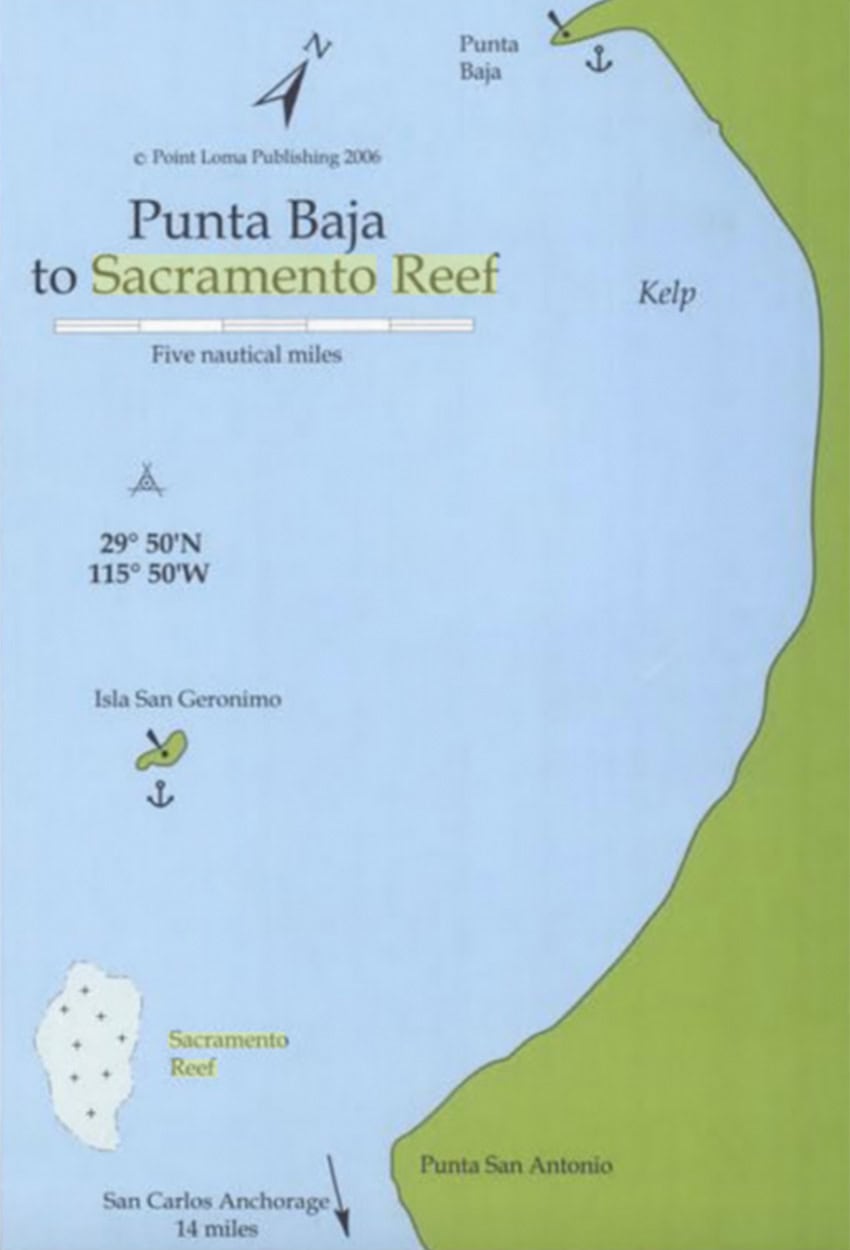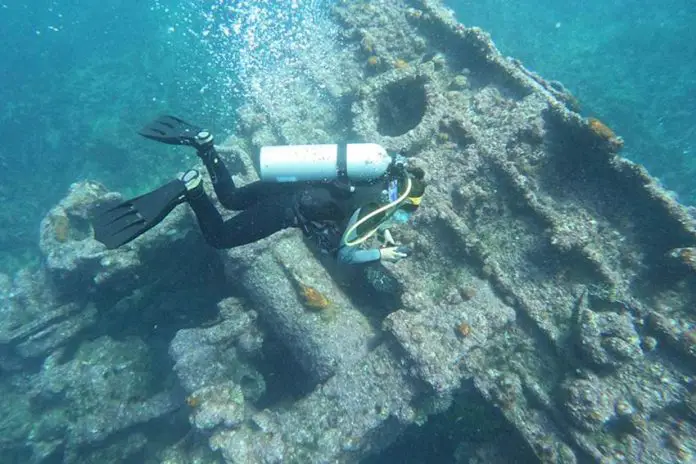Mexico’s National Institute of Anthropology and History (INAH) this week announced a long-term project to discover and register sunken ships off Baja California’s Pacific coast.
Once underway, one of the project’s main targets will be the SS Sacramento, a sidewheel steamer built in 1864 that made passenger and cargo trips from New York to San Francisco until 1872, when it sank about 250 kilometers south of Ensenada.

The area in Baja California where the ship went down is now called Sacramento Reef, and officials with INAH’s Underwater Archaeology Department (SAS) believe there could be up to five sunken ships in that area.
“Between the end of May and early June, we will begin the inventory with emphasis on two areas: the Todos Santos Islands, in Ensenada Bay, and the Sacramento Reef, in Rosario Bay,” said Mariana Piña Cetina, the project’s lead underwater archaeologist.
SAS conducted a series of explorations in 2021–2022 after fishermen reported a sunken vessel believed to be the 82-meter long SS Sacramento. After those probes, Pina said, “We realized the need to explore these areas due to the richness.”
The project is called “Archaeological Inventory of Wrecks from the 19th and 20th centuries in the Mexican Pacific.” Ships from various regions and eras are expected to be located and registered.
Piña Cetina noted that the Sacramento — which had to travel all the way around the tip of South America back before the Panama Canal’s creation — lies in waters off Isla San Geronimo that are only 5 meters deep.
The area is “more dangerous,” she said, because “the currents are stronger there.”

The ship apparently sank when it hit an uncharted reef, but the captain, crew and all 145 passengers were able to make it safely to the island, where they were later picked up by the SS Montana.
Ships of all kinds have been sailing by the Baja Peninsula since soon after Mexico’s colonization, and tales of sunken ships in the waters around it have existed for almost as long. However, the Sacremento was just one of multiple ships reported sunken in this area during the 19th century.
According to an INAH press release issued Wednesday, sunken ships off the coast of Mexico are underwater treasures that, to a great extent, have not been explored or even discovered.
“The deep, sandy surface contains an immense time capsule with intact stories of ships from different times and latitudes,” INAH noted.
Although shipwrecks off Baja California have been sporadically recorded over the past decade, the SAS will now be using modern technology and strategies, such as the use of geographic information systems and photogrammetry.
Still, the area presents obstacles and finding any sunken ships will require a “full season of exploration,” according to INAH, “due to the currents, sediments and the difficulties in reaching the diving spots on the reef.”
Piña Cetina said the project will be “responsible and sustainable” and that INAH is forming strong bonds with local fishing communities — not only in the name of ecology but also for assistance in locating the sunken ships.
For more than 300 years, ships used the waters off Baja California on their main routes, but they had to contend with islands, reefs, sandy shoals and other challenging elements. These areas were also used for hunting sea lions and other animals that were marketed by U.S., Canadian and even Russian whalers.
With reports from Netnoticias
